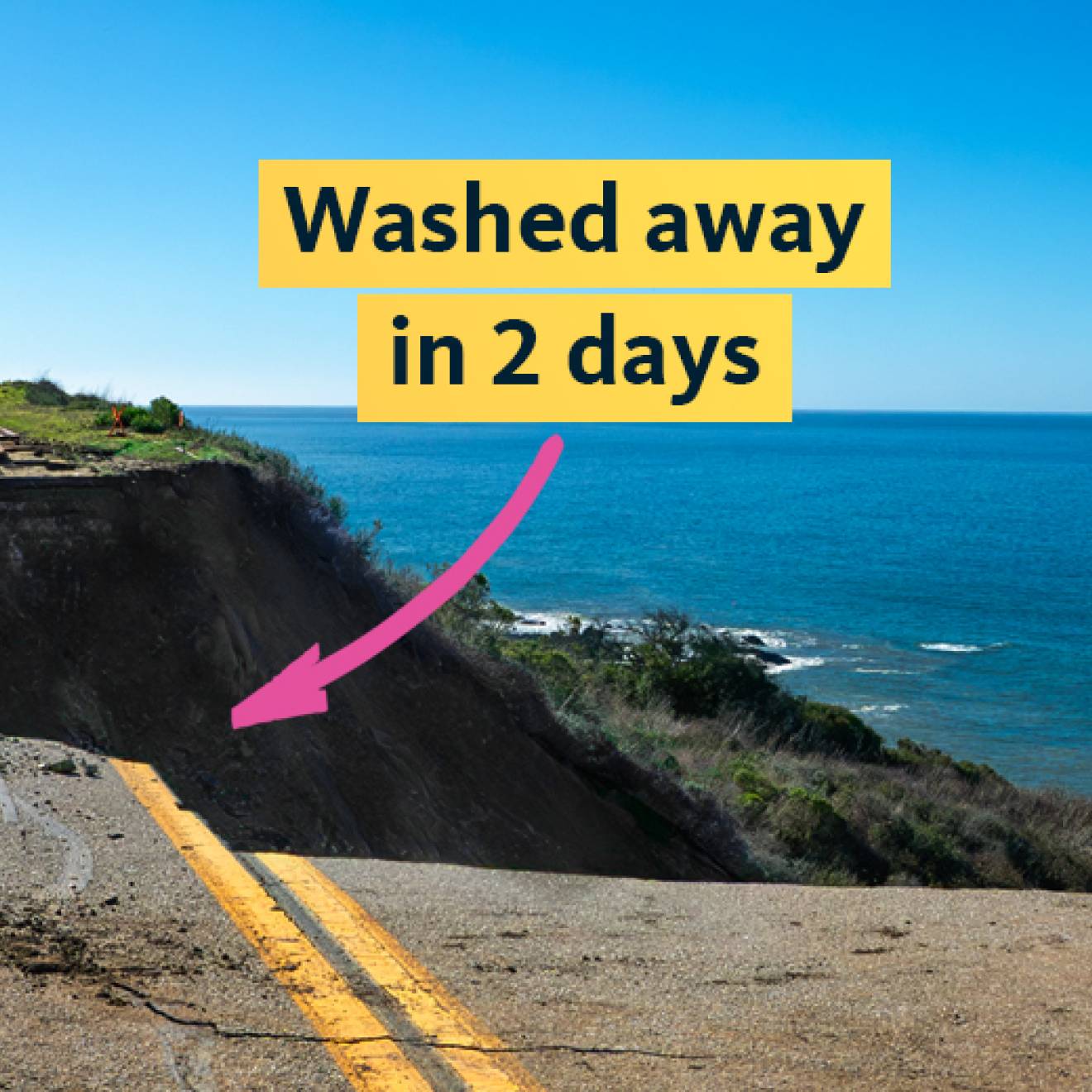Robyn Schelenz, UC Newsroom
California is taking the first steps in realizing an idea to save billions of gallons of water each year and produce enough clean energy to power a city the size of Los Angeles for nine months annually.
The simple but brilliant concept? Cover as much of California’s roughly 4,000 miles of irrigation canals with solar canopies as possible.
Brandi McKuin, the lead University of California researcher on the project, says dozens of people have told her they had the idea of covering canals with solar panels decades ago. UC Merced’s Roger Bales, a hydrologist and distinguished professor of engineering who helped launch the project, has been hearing “why didn’t I think of that” about solar canals since the 1970s.

Brandi McKuin, the UC Santa Cruz alumna, UC Merced project scientist whose paper launched Project Nexus.
It’s easy to see why the idea is so appealing. Putting solar panels over canals seems like the ultimate energy “life hack”: valuable land that could have been lost to solar farms can be preserved, the amount of water lost to evaporation from the canals could be reduced AND a ton of clean electricity could be generated to boot.
But how you turn a great idea into reality is where the real work comes in.
Now, after almost a decade of careful study and planning, the highly anticipated Project Nexus, a private/public/academic partnership between the California Department of Water Resources, Turlock Irrigation District, and Solar Aquagrid — based on research by UC Merced and UC Santa Cruz — is online, generating electricity and data, with scientists and onlookers excited by the early results.
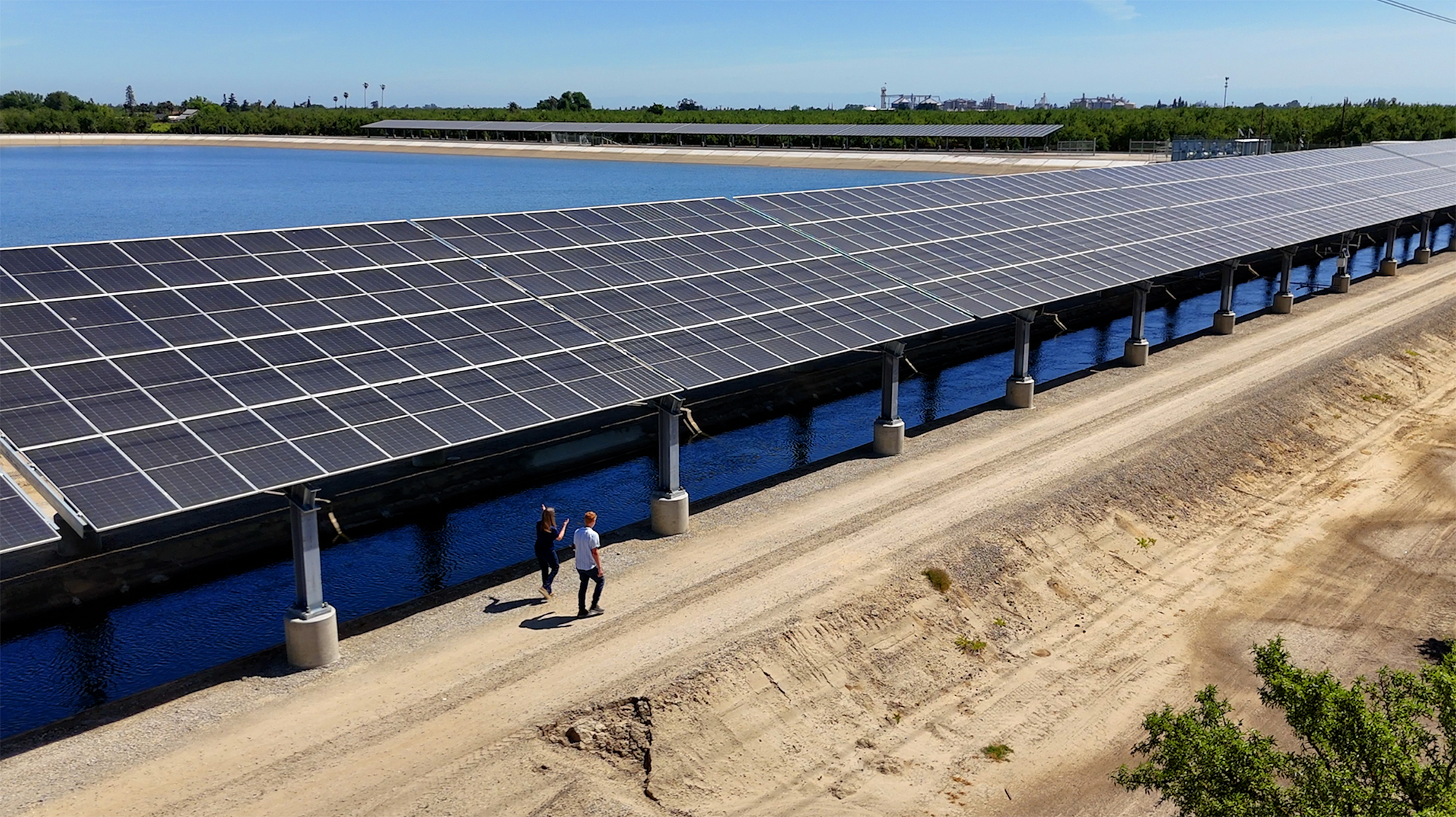
A new approach for solar
A decade ago, former music executive Jordan Harris had the idea to explore solar over-canals. Harris has long had a keen interest in harnessing popular culture for social change, co-founding the nationwide voter registration organization Rock the Vote and advocating for electric vehicles. In 2015, with crises over the state’s limited land and water resources looming, Harris, together with fellow sustainability entrepreneur and Citizen Group founder Robin Raj formed the firm Solar AquaGrid and approached UC Merced to commission an analysis of the feasibility of the project.
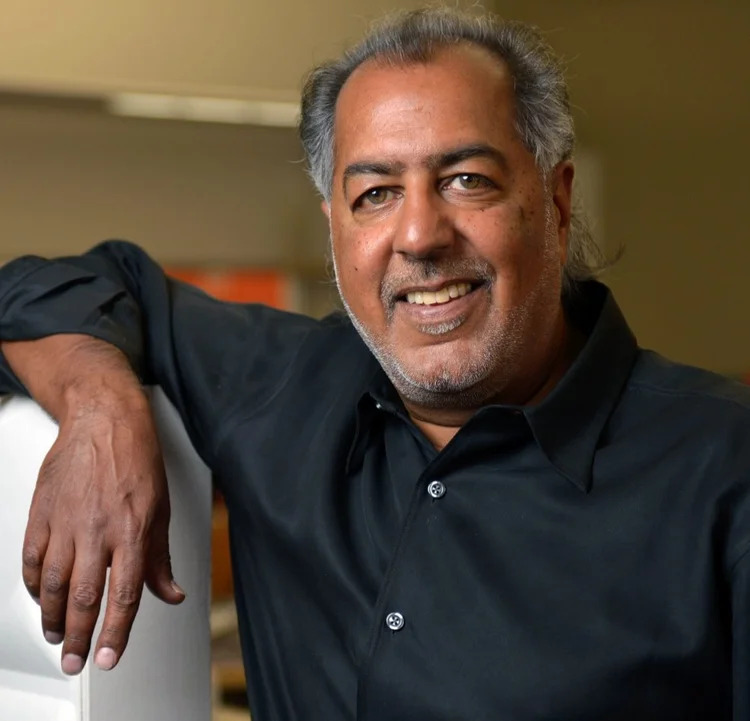
Robin Raj, co-founder and chief creative officer of Solar AquaGrid, is a UC Irvine alumnus.
“I think we're all highly aware of the state of emergency we're in, with year after year of water and energy insecurity,” Harris said. “At the same time, we need to combat climate change to produce more renewable energy and decarbonize our economy. We need bold solutions today.”
The Merced campus, home to the University of California systemwide initiatives UC Solar and UC Water, seemed like a match made in heaven. Bales, a distinguished professor of engineering at UC Merced and then-head of the Sierra Nevada Research Institute and UC Water, put together a team to do a rigorous scientific analysis of what scaled solar could look like for California.
What the UC team discovered was more promising than they had expected. Their analysis found that putting solar panels over the 4,000 miles of California’s open canals could save up to 63 billion gallons of water annually — enough to meet the needs of 2 million people.

But when the company involved in commissioning the report shied away from investing, the project stalled. Harris and Raj stayed the course, ultimately bringing the UC Merced study to fruition alongside Bales and project scientist McKuin, who worked on the original analysis as a Ph.D. student at UC Merced. Together with her colleagues at UC Merced and UC Santa Cruz, she prepared the report for wider distribution and eventually published it in 2021 in Nature Sustainability, one of the leading environmental journals in the country. The findings made waves across the state — and around the globe. The convergence of benefits around water, land, and potential energy was impossible to ignore.
But if the idea was so smart, why hadn’t it been done before?
Building a better California aqueduct
“We can’t take ownership of having the idea for solar canals,” McKuin said. “What we can take ownership of is doing a robust study of the potential for California.”
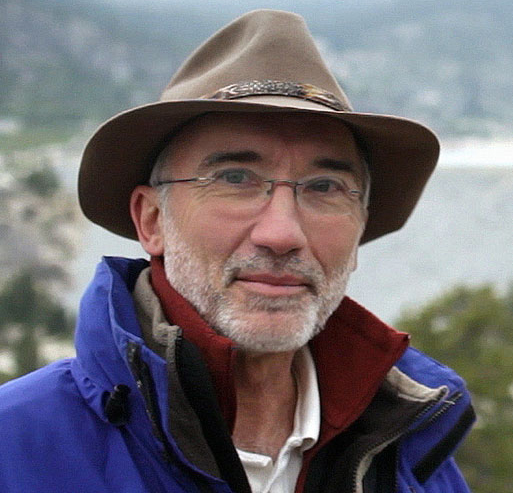
Roger Bales is research professor & distinguished professor emeritus of Engineering & Management at UC Merced and adjunct professor of Civil & Environmental Engineering at UC Berkeley.
At the time of the study, only one other place on Earth, India, already had the concept in place. Their adoption of solar over-canals and approach to the engineering problem encouraged the early Project Nexus team. But India’s materials were heavier and more expensive, and their canals were primarily in rural regions with limited needs for maintenance. UC Merced and Solar AquaGrid wanted to assess the feasibility of placing solar panels over the state’s longstanding California Water Project, a 4,000-mile canal system providing water to most of the state’s population. Energy partners would need to see specifics before jumping in — and proof that the plan would work as projected.
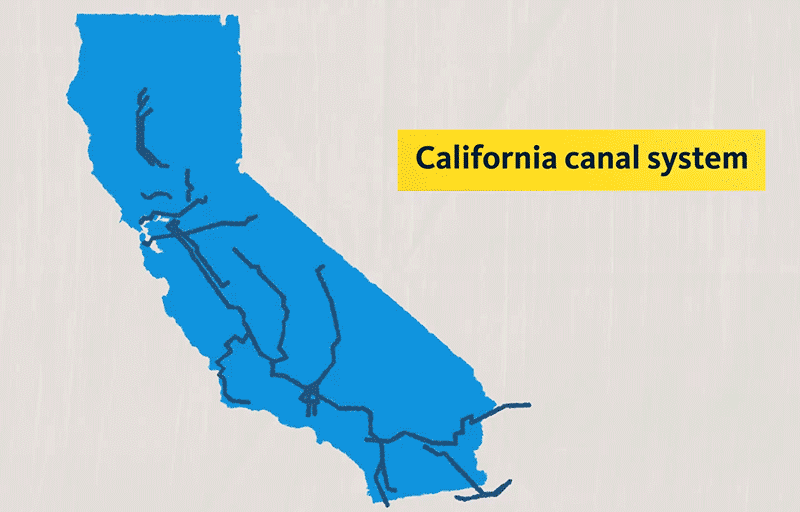
“Had we just tried to circulate the report that we’d finished two years earlier, it would not have gotten the impact it did,” Bales notes. “Being in Nature Sustainability showed that it was a peer-reviewed paper and a credible scientific result.”
The results of their study caused quite a buzz among state electricity suppliers and irrigation districts, especially when a follow-up analysis indicated additional energy impacts: covering all state water canals with solar installations could also generate 13 gigawatts of renewable power, equaling roughly one-sixth of the state’s current installed capacity — and about half the projected new capacity needed to meet the state’s 2030 decarbonization goals.
California’s Department of Water Resources and the Office of Gov. Gavin Newsom were on board with testing out the research. Among other benefits, the project could help California meet its 30x30 goals, which call for conserving 30 percent of the state’s land for biodiversity. Plus, the project looked like it could be a windfall for helping the state meet its goals for more clean, renewable energy. With that in mind, state officials allocated $20 million to make the pilot project a reality.
The next step was to find a location for the project. Turlock Irrigation District (TID), the oldest irrigation district in the state and a not-for-profit, community-owned utility, jumped at the chance, agreeing to provide a stretch of its canals as a testing ground. TID canals provide water for the rich farmland of Stanislaus County, which produces almonds, cherries, hay and other agricultural products. Unusual among irrigation districts, TID also provides electricity to its customers, with its electric and water lines running more or less alongside each other. In short, the utility was already committed to the nexus of energy and water.

“In 2021, we were right in the midst of a second year of a very bad drought,” Josh Weimer, TID’s director of external affairs, recalls. “The paper was very timely, describing how we could save 63 billion gallons of water, create 13 gigawatts of renewable power if we covered all 4,000 canals. Up until this paper, there had never been an analysis of the co-benefits. I remember seeing the headline and saying, ‘I wouldn’t be surprised if we get asked about this.’”

The irrigation district pored over the paper and discovered a number of additional benefits. It seemed likely that covering canals could diminish algae growth and cut down on the millions of dollars the district spends annually on maintenance. Plus, there were opportunities to use the power generated by the solar canals to directly support the electrical grid of their customers. UC Merced’s research presented more than a dozen additional co-benefits in addition to those. With the campus only 20 minutes away, it was the ideal opportunity for a homegrown partnership.
“When you add together all these co-benefits, then pretty soon you have something with a potential payoff quite a bit greater than the cost,” Bales said. “When we think about 21st-century infrastructure, we need to create multi-benefit infrastructure rather than just siloing water over here, electricity over here, and so forth.”
“We need to look beyond what we've done for the past 50 or 100 years and think about how to do things in a more integrated way.”
The next stage
Project Nexus has already come so far: from the seed of a shared dream, to a promising analysis, to a widely-cited paper, to a pilot project that is now fully online.
Ribbon-cutting and groundbreaking are set to happen next year and data to refine projections is already being collected. The big question everyone wants to know is if the study’s projections hold true — and what exactly it would look like for California to scale up. California’s canals vary greatly in width and length, among other challenges.
The pilot project is expected to be completed in 2026, with the robust assessment to continue. A global community of water and power officials is watching closely to see if the California model is viable. The Project Nexus team takes calls from Brazil to Romania and fields media inquiries nationally and around the world. The hidden question underneath it all is — what if this idea, claimed by so many and of potential benefit to millions, is just too good to be true?
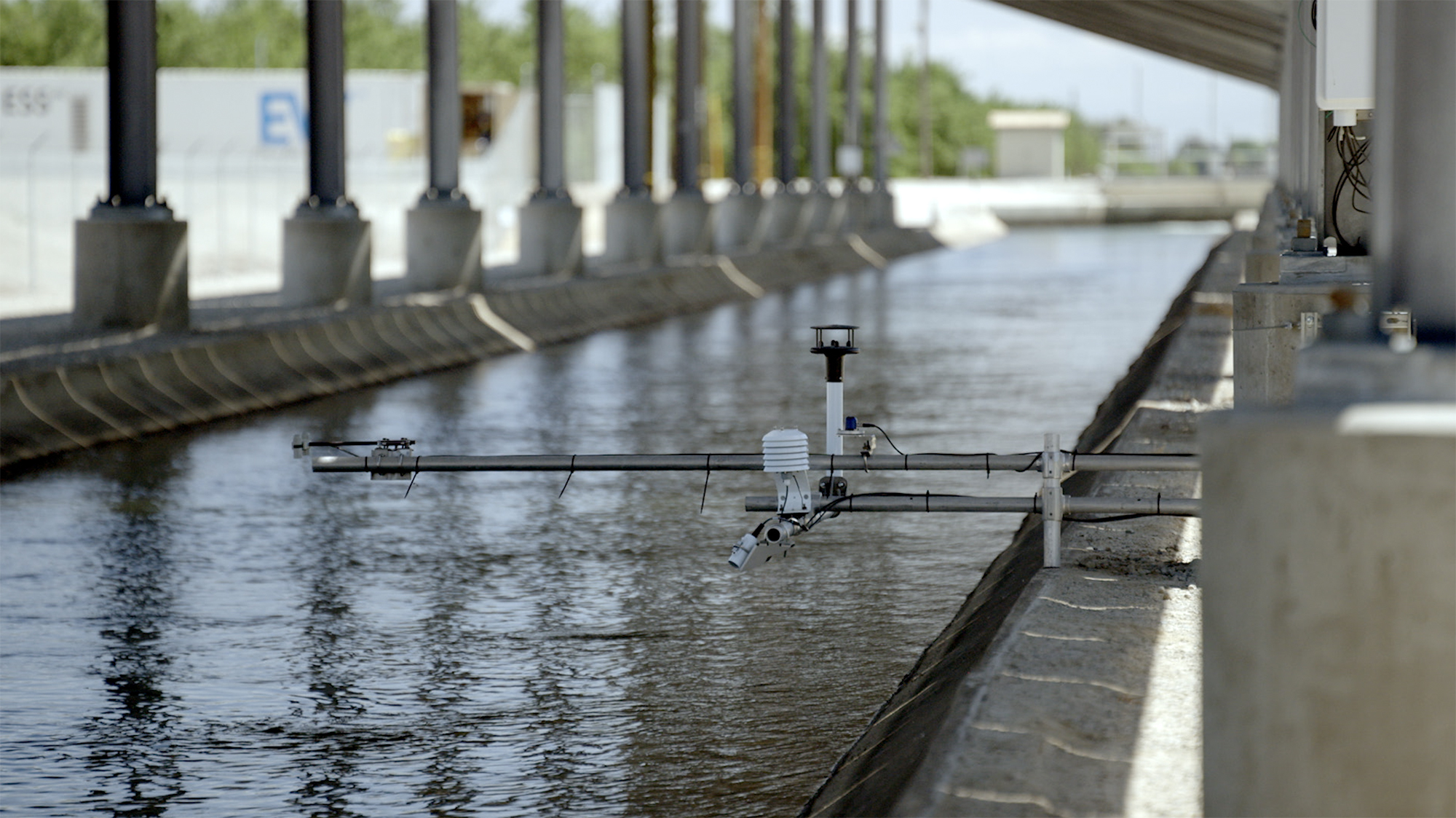
“When I first started working on this, I was skeptical it could pencil out,” McKuin said. “But when we did pencil in all these co-benefits, and did a broader systems analysis, then we found that it could be cost-competitive with a ground-mounted conventional system. It was a surprise to me,” she added.
“It opened my eyes to the value of doing multi-benefit analysis because we need more of that for ecosystems, especially as we face the grand challenge of climate change. We really need to bring the value that ecosystems bring into our decision-making about projects.”
For the Project Nexus team, thinking outside of the box is a California tradition.
“It's no coincidence that California is unique in so many ways in terms of innovation and sustainability,” reflects Robin Raj, Solar AquaGrid co-founder and a UC Irvine alumnus. “And I think the reaction, not just from government officials or energy or water agencies, but the public to this idea, is so strong because we live in a critical time where we need to take action quickly.”
“The public can be far more open to change than many industries,” Harris adds. “We have an aging infrastructure ready to be reimagined. We can get more ‘bang for the buck’ from our existing utility corridors if we apply a dual-use mindset to generate energy on site to efficiently move water across the state.”
“We’re in this exciting position to unlock innovation because we let the science guide us,” Raj said. “We’ve been on a journey with UC Merced since the beginning and it’s been a journey of discovery. We wouldn’t be anywhere without the University of California team.”
Plans are already in the works to expand solar canals across California. Read more about The California Solar Canal Initiative (CSCI), which includes faculty from UC Merced, UC Berkeley, UC Irvine and UC Law San Francisco, here: New multicampus consortium looks to expand solar-over-canal projects statewide.
